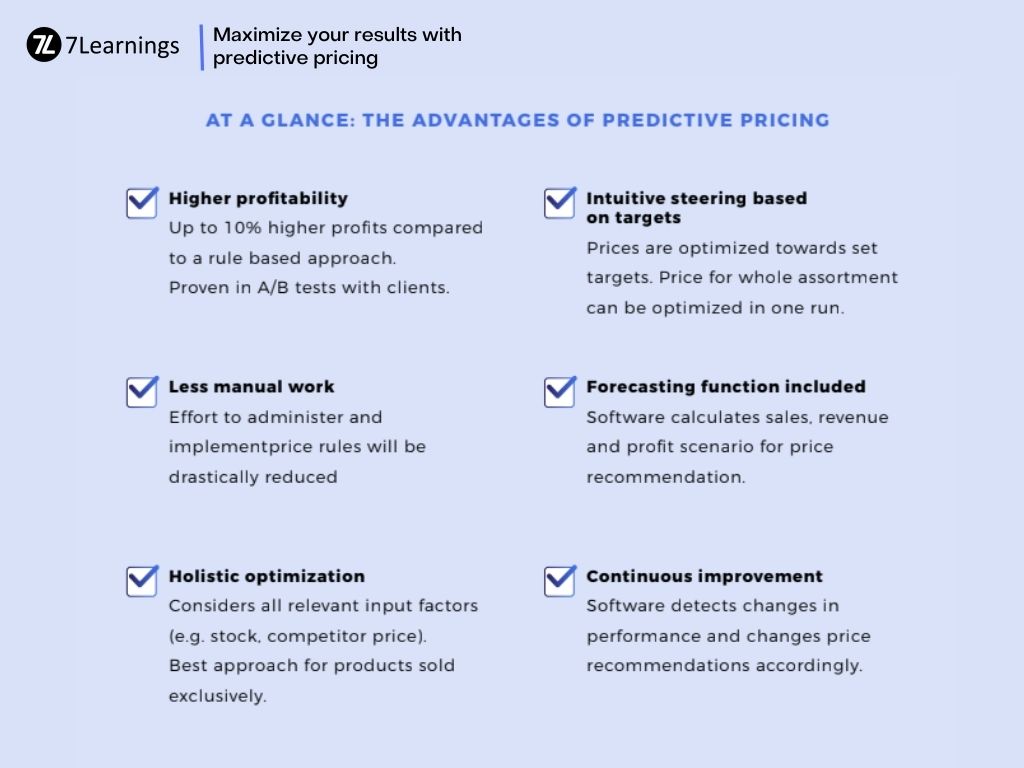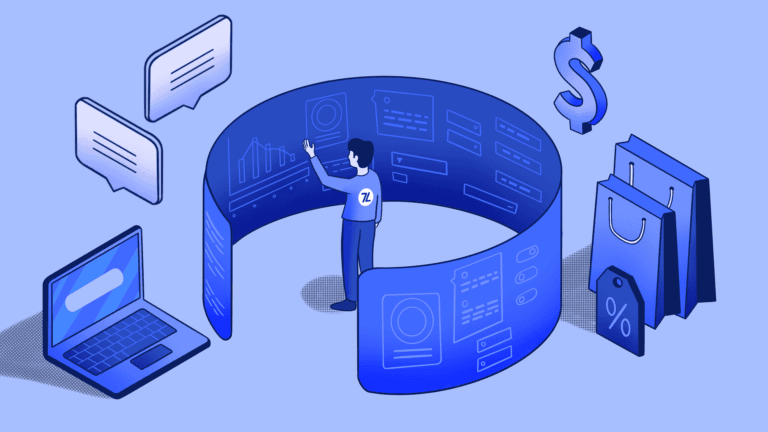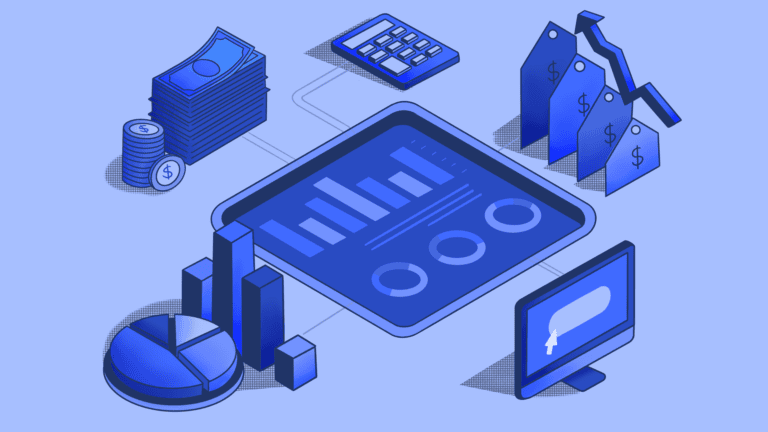The holiday period is a time of year when businesses experience a significant spike in sales. Christmas, in particular, is a festive season that brings both joy and opportunity for retailers. It’s a time when consumers are in the spirit of giving, and they’re willing to spend more on gifts and other holiday-related items. However, with increased demand and competition, pricing your products effectively during Christmas can be a challenging task.
Businesses need an edge to ensure they can make the most of the Christmas period, and pricing is the most important decision any retailer will make. Here, we’ll explore how predictive pricing can help you optimize your Christmas pricing strategy to maximize results.

How consumers shop for Christmas
The holiday season has a significant impact on shopping habits, not just in the United States but also in countries like Germany. Christmas is celebrated on the 25th of December, but the shopping frenzy often begins well in advance, with consumers often hunting for the best deals they can find. In recent years, the trend of online Christmas shopping and increased turnover during the holiday season has been strong. In the United States, the online sales for Black Friday in 2022 reached a record 9.2 billion US dollars. In Germany, despite economic pressures, consumers were still spending approximately 252 euros on Christmas presents. With various economic challenges and uncertainties such as inflation still present, it’s natural to wonder how consumer spending will fare for the Christmas 2023 season. Some might expect that spending during the holiday season will decrease due to these factors. However, data from recent years suggests that consumer spending during Christmas continues to remain robust. Interestingly, price elasticity analysis has shown that, post-pandemic, consumers have exhibited a reduced sensitivity to high prices, leading to an increase in spending during the holiday season, although this trend appears to be reversing. With such dynamic changes in spending habits, businesses and retailers will need to be acutely aware shifts in consumer behavior and adapt their strategies accordingly to maximize their holiday season revenues.The importance of a well-designed Christmas pricing strategy
During the holiday season, consumers are actively searching for the perfect gifts and holiday decor. They often have a heightened sense of urgency, and they’re looking for the best deals. Retailers that can capture this sense of urgency and provide competitive prices stand to make the most from the holiday rush. A successful Christmas pricing strategy should consider several factors:Market demand
Understanding the demand for specific products during Christmas is crucial. Some items are hot commodities during the holiday season, and pricing them competitively can significantly boost sales.Competitor analysis
Competitor pricing is a crucial aspect of holiday pricing strategy. Knowing what your competitors are offering and pricing your products competitively can help you stay ahead.Inventory management
Efficient inventory management is key to a successful Christmas season. Overstocking can lead to clearance sales, while understocking can result in missed sales opportunities.Dynamic pricing
Pricing should not be static during the holiday season. Being able to adapt to changing market conditions and consumer behavior is essential.Optimize your Christmas strategy with predictive pricing
This is where predictive pricing, powered by machine learning, becomes a game-changer. Predictive pricing leverages historical data, real-time market information, and advanced algorithms to forecast demand, optimize pricing, and make data-driven decisions.Accurate demand forecasting
Predictive pricing software can analyze historical sales data, considering variables like past Christmas sales, promotional periods, and market trends. By doing so, it can provide you with highly accurate demand forecasts for various products. This is invaluable for optimizing your inventory, ensuring you have enough stock of popular items and avoiding overstocking less in-demand products.Competitor pricing insights
To maximize results during the Christmas season, it’s essential to know what your competitors are doing. Predictive pricing tools can monitor competitor pricing in real-time, providing you with insights into their pricing strategies. Armed with this information, you can adjust your prices accordingly.Dynamic pricing
Christmas shopping is not a static process, and neither should your pricing be. Predictive pricing software can adjust your prices dynamically in response to changing market conditions. For instance, if a competitor lowers their price on a popular product, the software can recommend a price adjustment to match or beat the competition.Margin optimization
Balancing competitive pricing with maintaining healthy profit margins is a delicate task. Predictive pricing can help you strike this balance by analyzing historical data, costs, and market conditions to set prices that maximize both sales and profits.Promotional strategy
Christmas is a season of promotions and discounts. Predictive pricing can help you design effective promotional strategies by identifying which products are ripe for promotion and when to run those promotions for the maximum impact.



